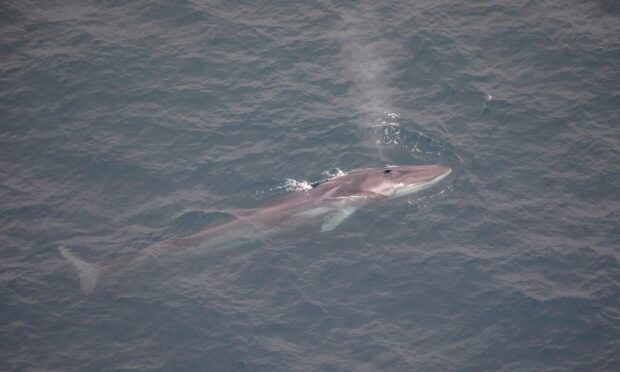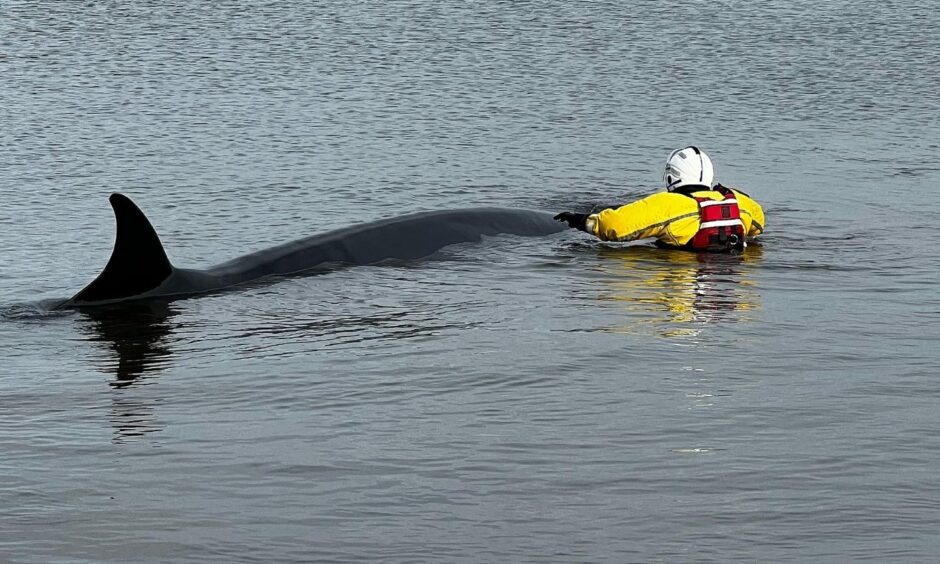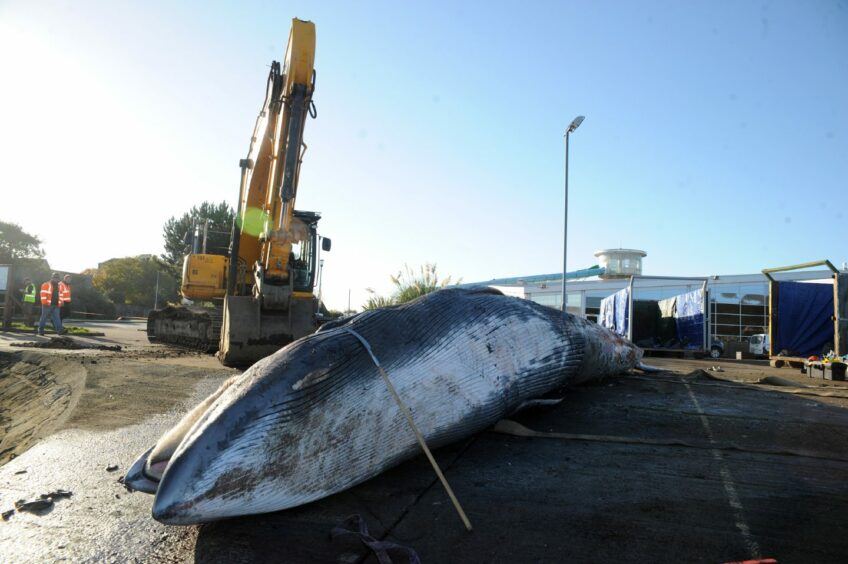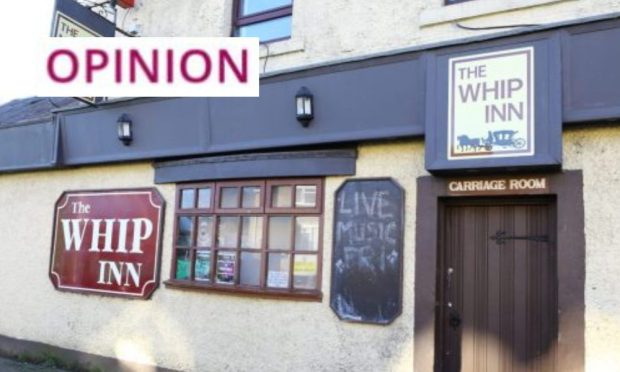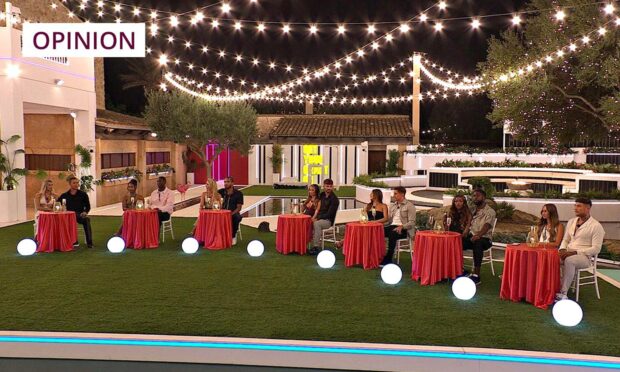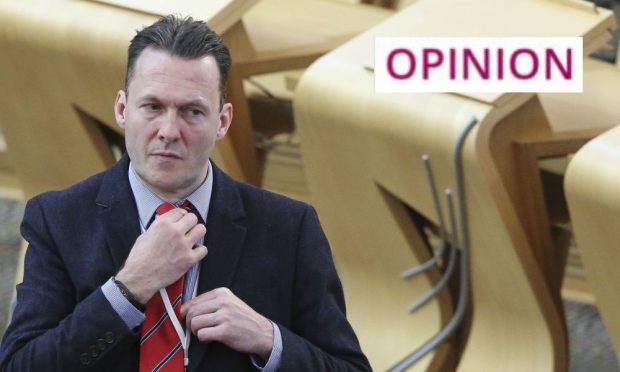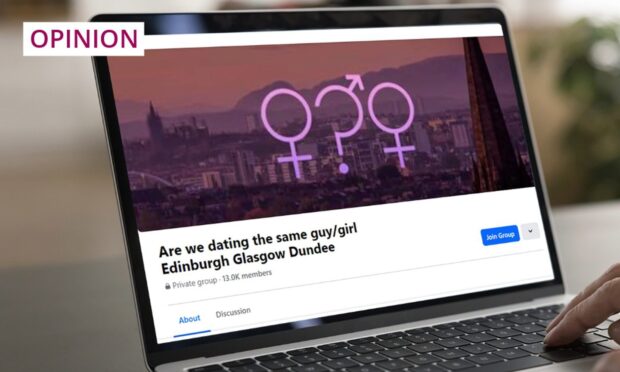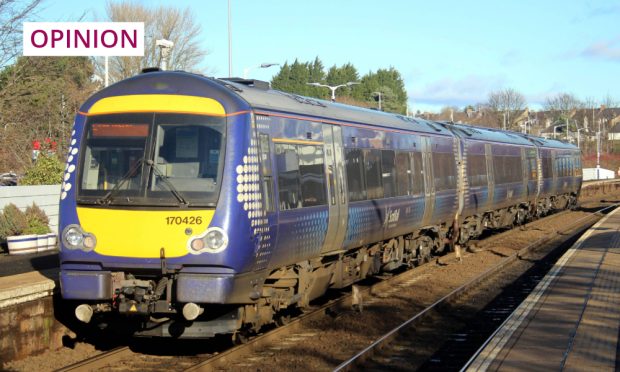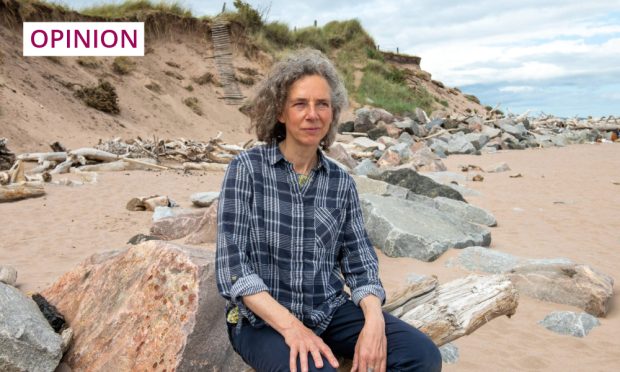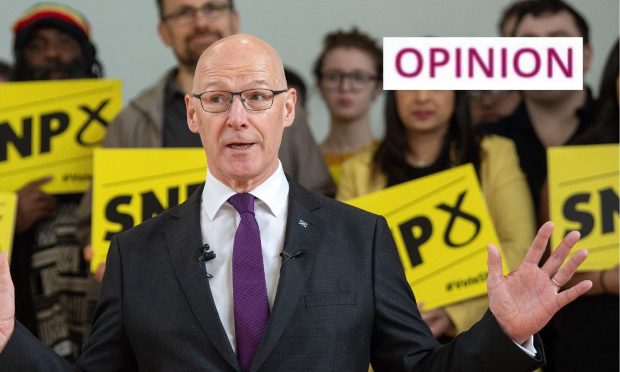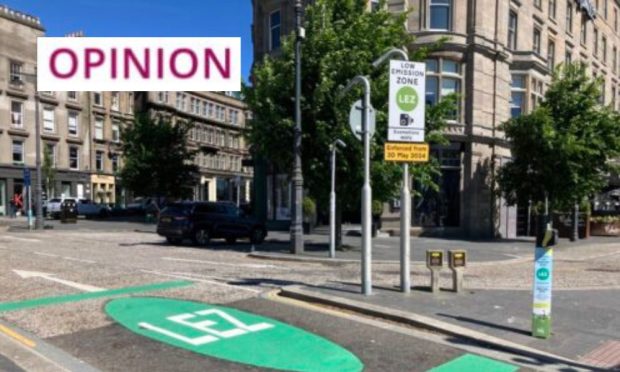The most compelling truth about whales is how little we know about them.
Consider the case of the sei whale that just turned up along the Fife coast, in the River Forth, apparently to die.
The best efforts of human rescuers appeared to have prevailed as it was persuaded away from the shallows at North Queensferry and it swam back towards the open sea.
But within 24 hours it washed up dead, having swum no great distance at all.
All being well, the sei whale is a deep ocean creature, and your best chance of seeing one in Scottish waters is off the west coast of Shetland in the summer.
So why would one turn up by the Forth Bridges, just about as far from the open ocean as it could get in Scottish waters, clearly disorientated, apparently incapable of freeing itself from lethally shallow water?
There is a beautiful film clip online of what may well be the same sei whale swimming through the reflections of the railway bridge in flat calm water in April.
It is a captivating sequence, except that a sei whale shouldn’t have been within several hundred miles of the place. All being well.
Whales blow my mind. They have done for almost half my life. The first time was 1988, four in the morning, somewhere west of Tiree, on a two-masted schooner sailing from St Kilda to Mull.
I had hitched a lift, improbable as it sounds, having been on St Kilda for two weeks.
I had no berth, and had dozed in the galley.
The mate, who was steering at the time, called down to me:
“You awake, Jim? Come up and see this.”
Something tall and black and slender was scything through the water at speed.
“What is it?”
“Killer.”
The dorsal fin of a mature orca is anything up to six feet tall. I had never seen anything like it.
In the absence of scale, in the open ocean and completely alone, it looked like a black lighthouse.
How many cars do we need? How many holidays, how many new this, that and the others?”
The rest of the whale was below the surface, and did not surface the whole time it was in sight. And that was the moment whales began to blow my mind.
From that day to this, my fascination for them has only grown – deepened, you might say.
The best authority, probably in the world, is a biologist and writer called Roger Payne, whose book, Among Whales, is a remarkable bridge between whales and humankind, and still he admits to vast gaps in our knowledge.
“One reason whales maintain such a hold over our imaginations seems to be their omnipossibility – their unexpected and unpredictable appearances off all coasts…Whales can pass along your coast, or come into any harbour or bay that is deep enough to float them no matter where you live. And sometimes they do.”
Pollution and politicians
He is wise enough not to attempt an explanation. But there is a message in his book, which was published in 1995, that should resonate with us right now, and which one way or another has surely had a bearing on a sei whale that literally found it itself out of its depth and in in no fit state to find its way back to the ocean depths.
It is what he calls “a monster out there”.
“The monster is pollution – the accumulation of toxic stuff, the slow poisoning of the earth… the diminution of everything we love, believe in, hold dear, the erosion of the earth’s ability to sustain us…
“We might like to think it otherwise, but the madmen who made this monster are you and me.
“Although we try to put the blame on mad scientists or selfish industrialists, it is we, the mad consumers, who are its ultimate architects… wildly multiplying the insane consequences through our insatiable addiction to the heedless lifestyle that is its genesis.
“Even as we speak we are still addicted; in fact speaking is about as far as we have gotten.”
Does that ring a bell? Does it remind you of any of the events of the past two weeks in the middle of Glasgow?
The sei whale was about 50 miles away in a straight line when it breathed its last, and speaking about its monster-tormented domain is still about as far as we have gotten.
Yes, there are culpable political regimes and industrial regimes and the worldwide obsession with economic growth.
But then there is shopping, the role of consumers, the people in the street, like you, like me.
How many cars do we need? How many holidays, how many new this, that and the others?
We can vote out politicians. We can also vote with our consciences.
A sei whale lost its way, and that shouldn’t happen. And then it couldn’t find its way back to where it belongs, and that shouldn’t happen, either.
We don’t know why it died.
It’s just possible that it gave up in the face of its knowledge of the monster out there, the erosion of the ocean’s ability to sustain its whales.
The most compelling truth about whales is how little we know about them.
